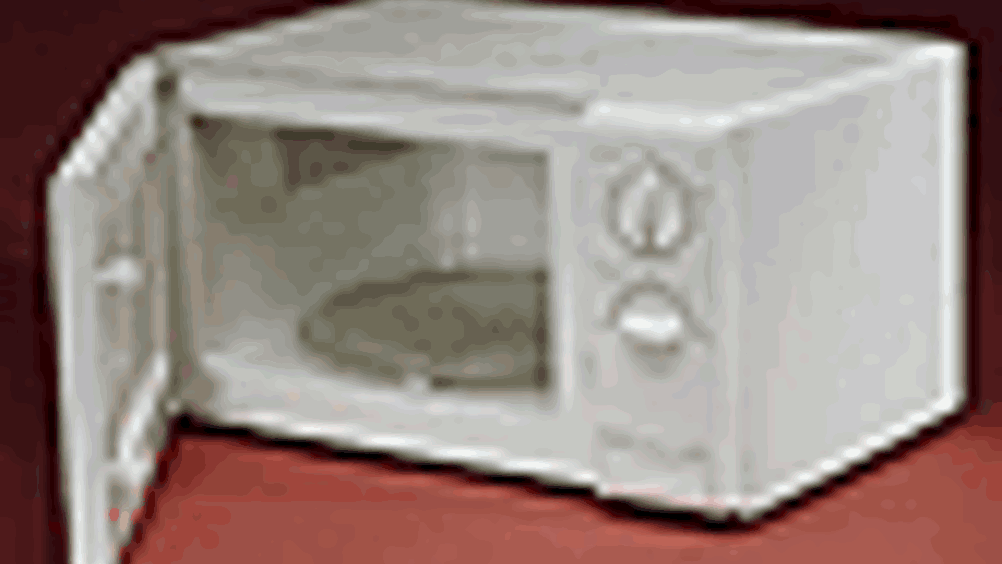Nanomaterials cooked up in microwave

The researchers from Virginia Commonwealth University (VCU) used a method known as microwave irradiation (MWI). MWI is considered a fast and easy way to create highly versatile, tailored nanorods and nanowires because microwave heating can provide significant enhancement in reaction rates. The materials made can be used in medical applications, drug delivery, sensors, communications and optical devices
M. Samy El-Shall, professor of chemistry and affiliate professor of chemical engineering at VCU, said, “MWI is unique in providing scaled-up processes thus leading to a potentially important industrial advancement in the large-scale synthesis of nanomaterials.”
Most methods currently used to synthesise nanomaterials are complicated, require specific equipment and produce small amounts of nanomaterials. Although the MWI process involves the use of a conventional microwave, it requires a defined recipe of chemicals and solvents to create the nanomaterials in the laboratory setting.
Register now to continue reading
Thanks for visiting The Engineer. You’ve now reached your monthly limit of news stories. Register for free to unlock unlimited access to all of our news coverage, as well as premium content including opinion, in-depth features and special reports.
Benefits of registering
-
In-depth insights and coverage of key emerging trends
-
Unrestricted access to special reports throughout the year
-
Daily technology news delivered straight to your inbox










Water Sector Talent Exodus Could Cripple The Sector
Maybe if things are essential for the running of a country and we want to pay a fair price we should be running these utilities on a not for profit...